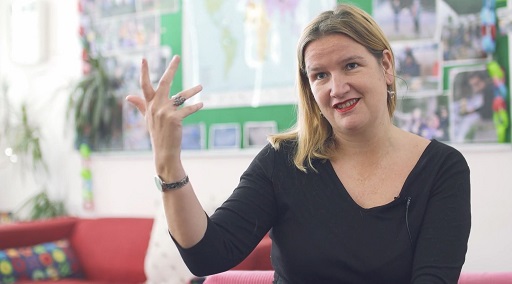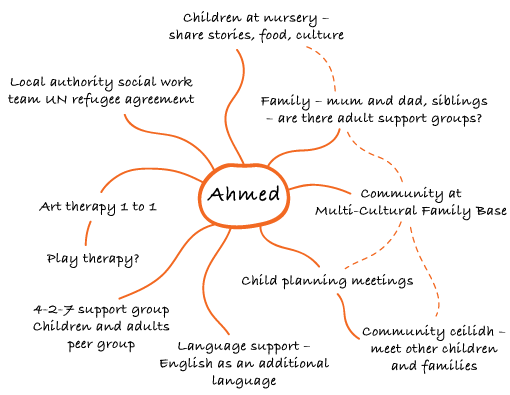4.3 Identifying and building a community of support
As the previous activity shows, early years practitioners need to know how and when to discuss with parents the need to involve other professionals in providing care for their child. This is everyone’s responsibility. A helpful factsheet is available on the Enquire website.
Sometimes it is clear who needs to provide help; at other times it may not be. You might need to contact a health visitor or an educational psychologist. You might need to consult with colleagues or professionals in your local authority to gain advice on the best approach. Team working is an essential part of working with young children.
Perhaps you feel you need to improve your understanding of children’s development. There are links at the end of this week’s study that you can follow to extend your learning.
If you have a concern, try to take a neutral approach. Be curious. Use the wellbeing indicators outlined in the previous section to make some notes connected to observations over time. This will help you notice ways in which the child you may be concerned about is managing their situation. It will help you see what you can build on, remembering that what you focus on is what grows. It will also help you share information respectfully with others.
One way of finding support can be from your wider community. Consider how well connected you and your colleagues are to the services in the locality of your setting.
Activity 4.4 Support available in the community
Emma Watt works for Multi-Cultural Family Base, a voluntary agency working across Edinburgh with strong connections to local nurseries and schools. Here Emma describes the support provided for a child who was a refugee from Syria and now lives in Scotland. This example illustrates the range of support that resulted from being part of a well-connected community.
While you watch the film, consider who was involved in providing support for Ahmed. Think about the different individuals and organisations that provided help.

Transcript: Video 4.3 Emma Watt – Multi-Cultural Family Base
Comment
Perhaps you noted these sources of support?
- the UN programme that organised the family’s resettlement
- His family
- nursery and school staff (practitioners, headteacher)
- nursery children
- Multi-Cultural Family Base
- 4-2-7 project worker and other children in the group
- art therapist
- social workers
- wider multicultural community – children and parents attending the Ceilidh.
It can help to map the support for a child and think about what the gaps might be, what your questions are and what you can do to strengthen support. It can help you see how the support available contributes to a child’s wellbeing. Making connections to wellbeing indicators will help you put together a Child’s Plan, which you’ll look at in Week 5.
You can try drawing a map of support in the extension activity at the end of the week.
Using wellbeing indicators

